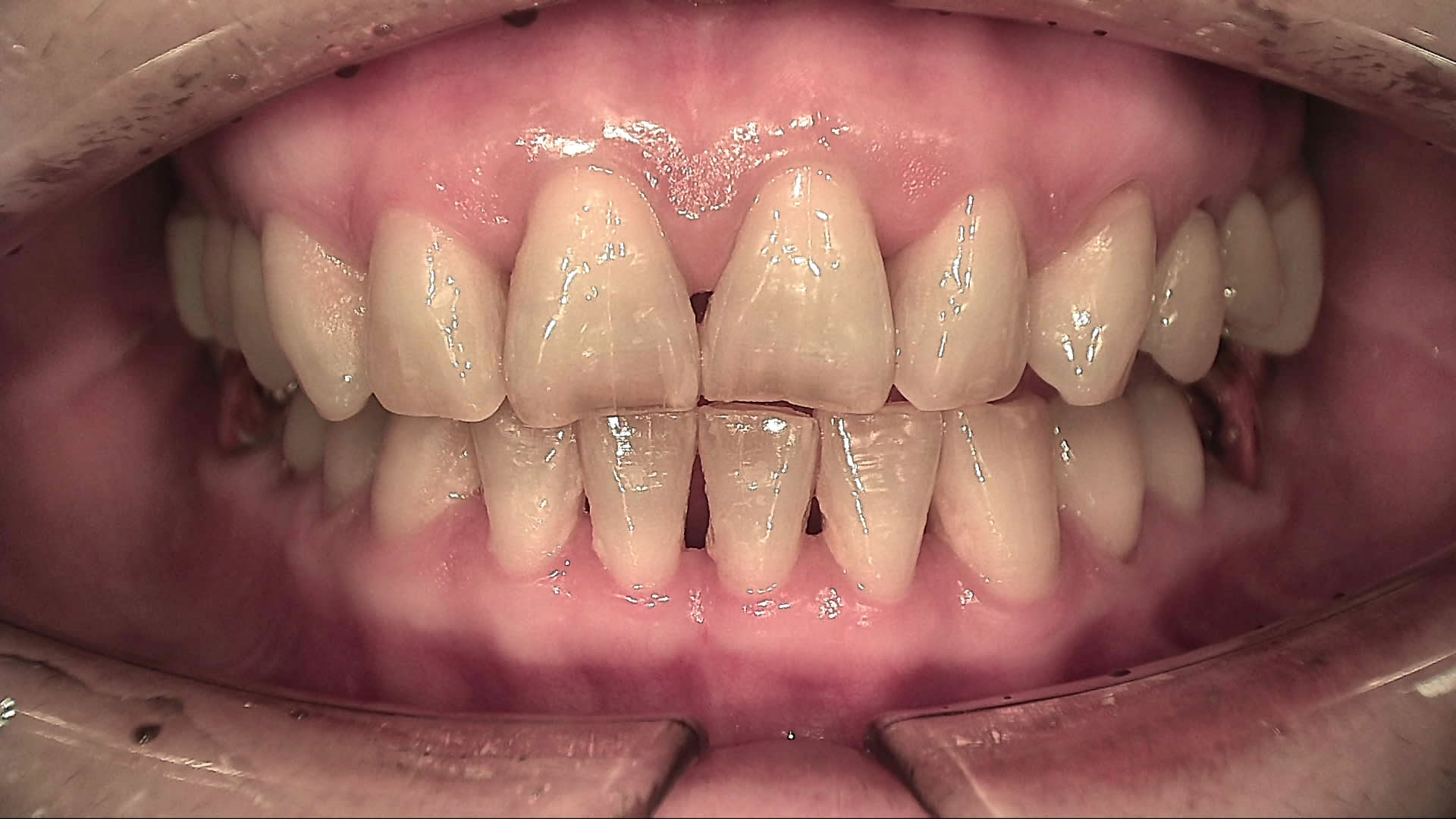One of the most common hurdles in the dental office is detecting biofilm on teeth early, before damage progresses to caries or worse. Of course, radiographs are the go-to imaging for most diagnostics, but x-rays cannot detect biofilm until deterioration has already taken its toll. A new technology might be the tool needed to change this dynamic.
Porphyrins are pigments produced by mature bacterial colonies, and technology company AIOBIO has developed a device that uses fluorescence to capture imaging of those pigments, allowing for the assessment of biofilm. Biofluorescence in the oral cavity shows white on healthy teeth and red on the areas with biofilm. The result is real-time visualization that offers clinicians immediate evaluation of biofilm, allowing for early and more precise treatment.
True Beam, COO of AIOBIO USA, compares diagnosing biofilm to a hailstorm. “You know there might be roof damage, but the problem doesn't feel real until you see the broken shingles,” he says. The company’s BLISS™ (Biofluorescence-Led Intelligent Screening System) device visualizes biofilm in real time by detecting its natural fluorescence. BLISS can detect biofilm as early as three days after plaque accumulation so patients don’t have to wait until pain starts to start prevention. This technology gives clinicians the ability to point out those “broken shingles,” making the risks impossible to ignore, and empowering the dentist and patients to act before the diagnostic journey even begins.
AIOBIO was founded by Hong Cheol Yoon, PhD, a prosthodontist in South Korea, who was searching for a way to offer patients a clear, individualized, evidence-based response to questions about their dental health.
Without emitting any ionizing radiation, the device shows a color change at the first stage of the carious lesion, and over time, at each appointment, its progression on the tooth’s surface. Besides the fluorescence imaging device, AIOBIO also developed software that analyses the information to provide a quantitative score based on the imaging.
The device can be used throughout the office. At every teeth cleaning, the hygienist can use BLISS to show the patient biofilm, plaque, and calculus on their teeth. After the teeth are cleaned, it can be used again to show how clean the teeth are after the appointment. The device also can help the dentist evaluate the stage of caries and determine appropriate course of action.
In the orthodontic office, showing patients how to efficiently brush around brackets is difficult without a visual aid. Young patients benefit from seeing the red around their brackets where they were missing with their toothbrushes at home. Caries in children progresses quickly, and catching it as early as possible can be a big deterrent to that biofilm progressing into painful cavities. The best part is that because the device does not emit ionizing radiation, pediatric dentists, orthodontists, and general dentists alike can use this screening tool as often as they like.
Biofluorescence can also help with diagnostics in specialty practices. Endodontists can see craze lines that may indicate a crack or fracture. Catching craze lines early can prevent development into larger cracks that can result in sensitivity, pain, or infection. For implantologists and restorative dentists, viewing biofilm and calculus around restorations and implants can lead to preventative treatment that prolongs their life. For example, often the patient cannot tell when peri-implantitis is developing. This can provide a clear diagnosis about gum health around an implant.
AIOBIO currently offers several types different imaging devices for both office and home use — the Qraycam pro for screening, which is an extraoral camera-type device; the Qraypen C for diagnosis, which is a pen-like intraoral camera; LINKDENS Vu for convenient oral checks and hospital use, and Qscan Plus for patient self-assessment of oral status.
The at-home device is a small viewer. When held up to the teeth, areas with biofilm are seen as red areas. If the patient sees red and can’t brush it away, it is time to make an appointment to see the hygienist or dentist. The hand-held unit can be used anyplace—at home, nursing home, any place that a dentist or patient wants to use it.
The benefits are clear once this technology is put to use in the office. When Dr. Yoon received the equivalent of Korean FDA approval, dental offices in South Korea began to see the benefits of detecting biofilm early. Soon, the Korean government allowed the device to be used in dental clinics, and in 2021 even allowed it to be covered by their national health insurance. Now over 1,700 clinics in Korea, a 15% market share, are using this technology.
This screening device can build a reputation for the office using the most up-to-date technology for screening, diagnosis, assessment, treatment, and maintenance. The device itself is cost effective and builds trust with patients. This prevention-based viewer is an additional way of providing individualized dental care and early prevention to patients.
Editor’s Note: Dr. Shuman serves as an Industry Key Advisor for AIOBIO.


